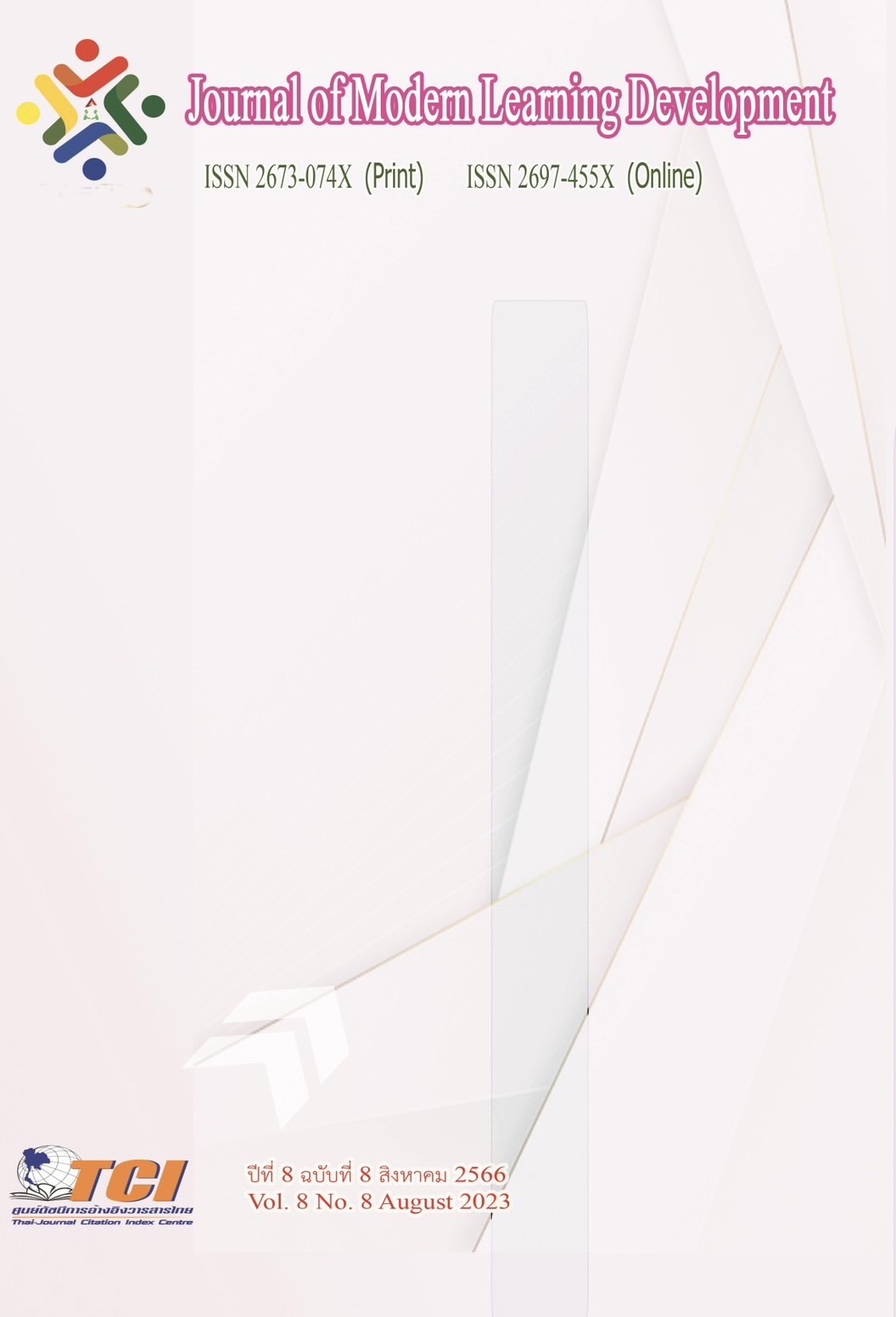The Development of Online Teaching Methods and Applications for Higher Education in China
Main Article Content
Abstract
Digital technologies are now an integral aspect of the university student experience. Network education has become an important means for students to acquire, analyze and utilize information. With its advantages of resource sharing, learning freedom, high openness, personalized teaching and learning, network education has been accepted and utilized by more and more learners. COVID-19 has accelerated the digital transformation of higher education. This article presented the development of online teaching methods and applications for higher education in China.
Article Details
References
Aldowah, H., Samarraie, H., Alzahrani, A. I., & Alalwan, N. (2020). Factors Affecting Student Dropout in MOOCs: a cause and effect decision-making model. Journal of Computing in Higher Education. 32 (3), 21-28.
Bi Q. (2015). Five Major MOOC Platforms in China in the Eyes of Learners. China Education Network, 10, 61-64.
Bolliger, D. U. & Erichsen, E. (2013). Student Satisfaction with Blended and Online Courses Based on Personality Type. Canadian Journal of Learning and Technology, 39, 1.
Cai, Z. & Liu, Z. (2017). College MOOC Construction: Current Situation, Problems and Trend. Exploration of Higher Education, 11, 45-49.
Chen, R. & Yang, C. (2015). Research on the Design of SPOC Mixed learning Model. Distance Education in China, 5, 7-12.
Deng, X. & Huang, Y. (2021). Application Research of Mobile App in Higher Vocational Education. Scientific Advice, 9, 72-73.
Dhawal, Shah. (2021), A Decade of MOOCs: A Review of MOOC Stats and Trends in 2021. https://www.classcentral.com/report/moocs-stats-and-trends-2021/
He, K. (2004). New Development of Educational Technology Theory Viewed from Blending Learning. Electronic Education Research, 25 (3), 1-6.
He, M. & Xie, Z. (2018). Blended Learning Design: SPOC teaching reform practice based on MOOC. Yunnan University Press.
Jordan, P. D. (2014). Technology as Human Social Tradition: Cultural Transmission among Hunter-Gatherers. University of California Press.
Kang, Y. (2014). The Post-MOOC Era of Online Education: SPOC Analysis. Journal of Educational Research, 35 (1), 85-93.
Miao, X. (2019). The Informationization Teaching Research Based on the Chaoxing Platform, [master’s thesis]. Shanxi Normal University.
Rai, L. & Deng, C. (2016). Influencing Factors of Success and Failure in MOOC and General Analysis of Learner Behavior. International Journal of Information and Education Technology, 4, 11-19.
Suanpang, P., Petocz, P., & Kalceff, W. (2004). Student Attitudes to Learning Business Statistics Online vs Traditional Methods. Educational Technology & Society, 3, 17-21.
Sun, Y. & Liu, R. (2022). A Review of Blended Learning in Domestic Universities. Journal of Chongqing Jiaotong University (Social Science Edition), 22 (4), 96-103.
Xiao, Y., Feng, H., Wang, X., & Zhou, C. (2022). Blended Learning Based on Mobile Terminal. Forum on Educational Informatization, 1, 6-8.
Xu Y. (2019). Comparative Analysis of Domestic MOOC Platforms from the Perspective of Learners. Software Guide (Educational Technology), 18 (6), 80-82.
Zhang, J. & Zhu, L. (2016). Effective Classroom Teaching Design based on BOPPPS Model. Vocational and Technical Education, 11, 21-25.
Zhu, W. (2022). Construction of Deep Learning Model Based on SPOCs. Journal of Higher Education, 8 (22), 117-120.


